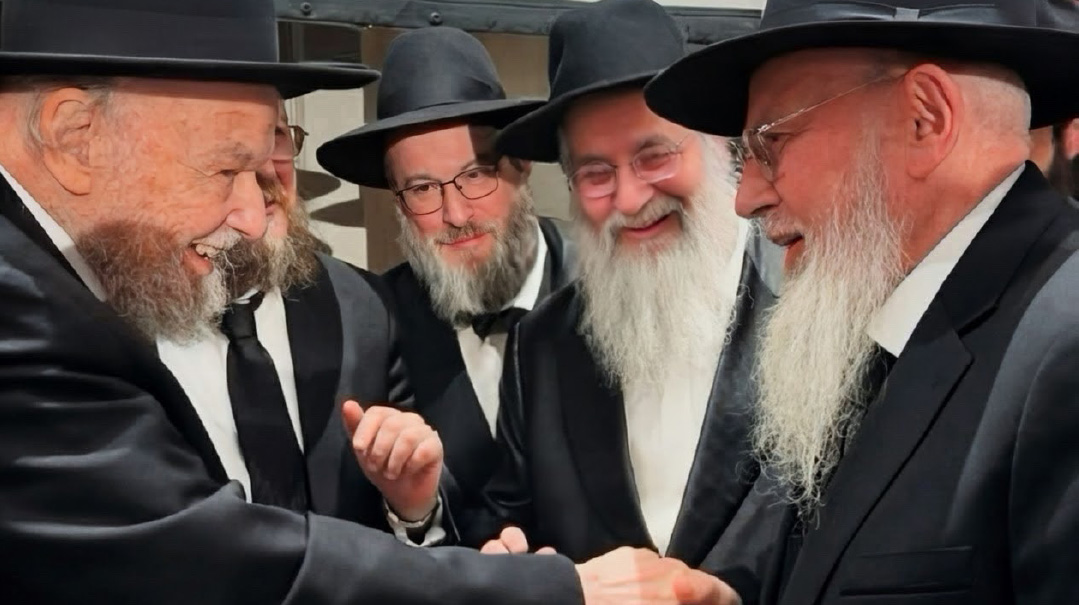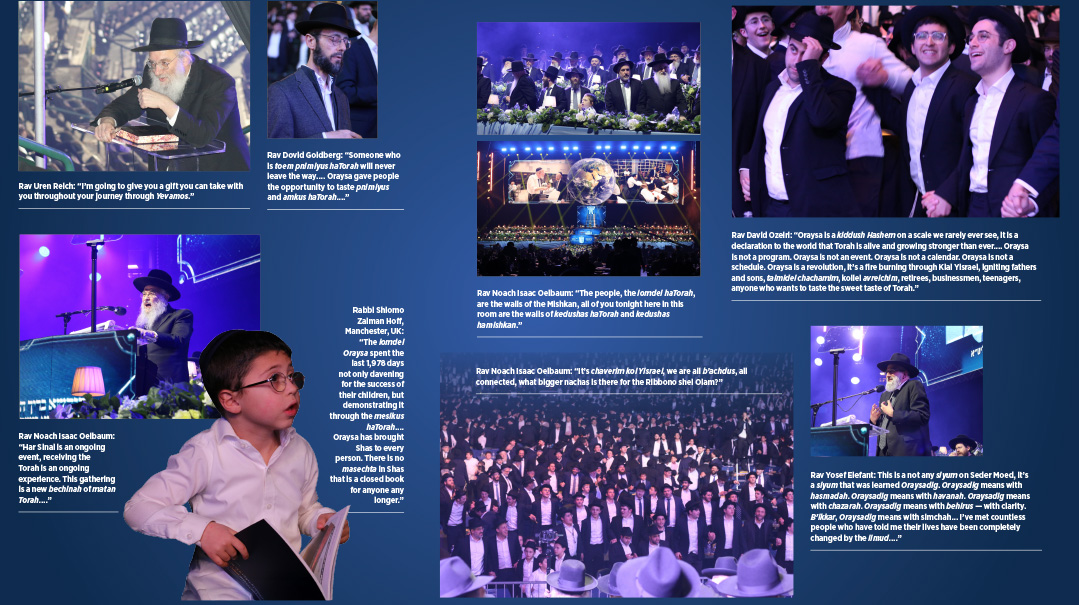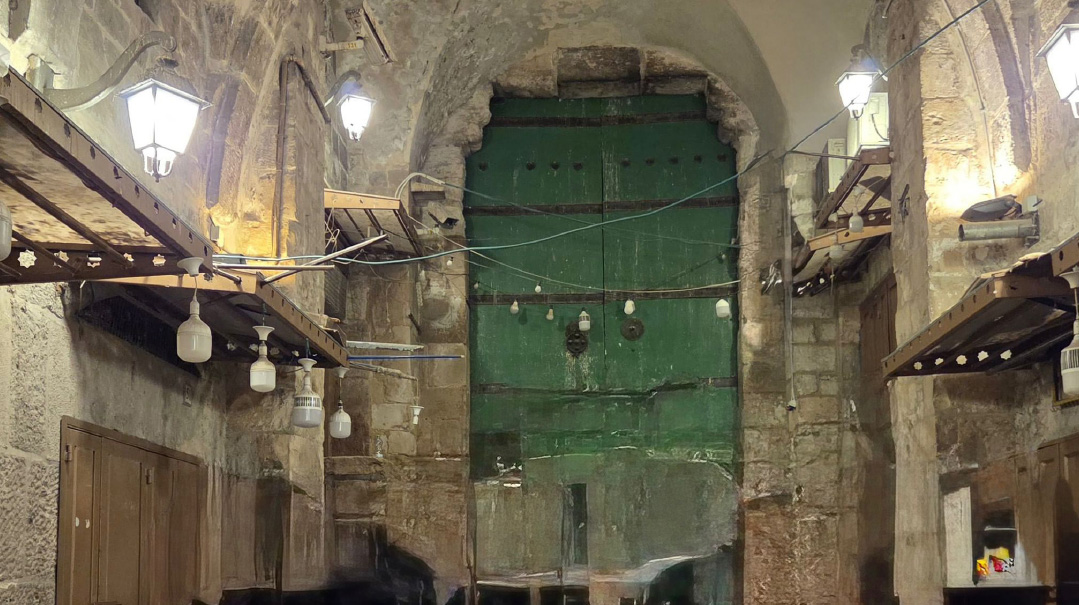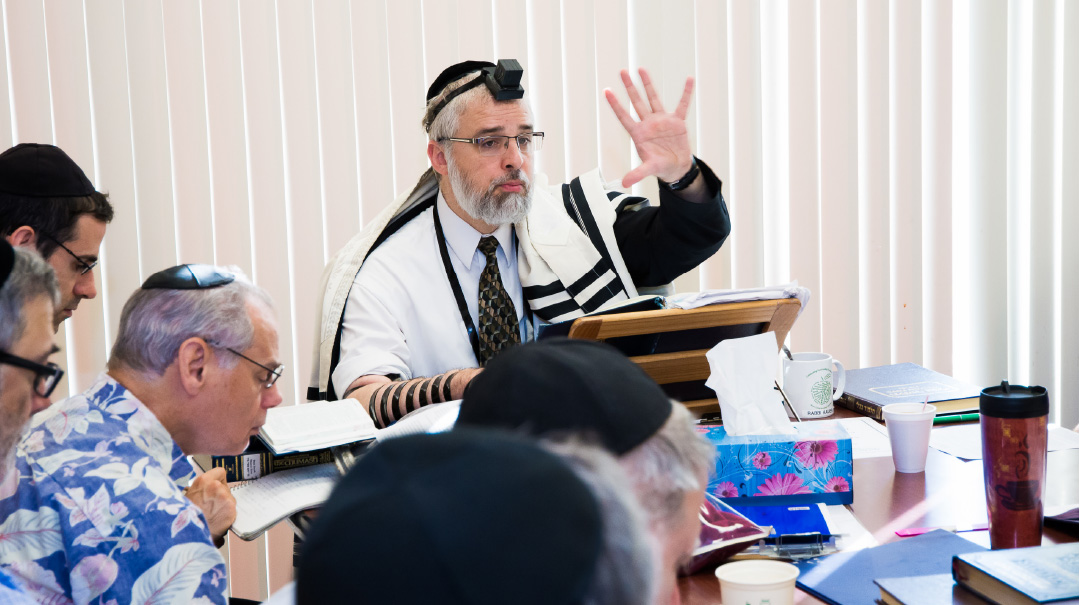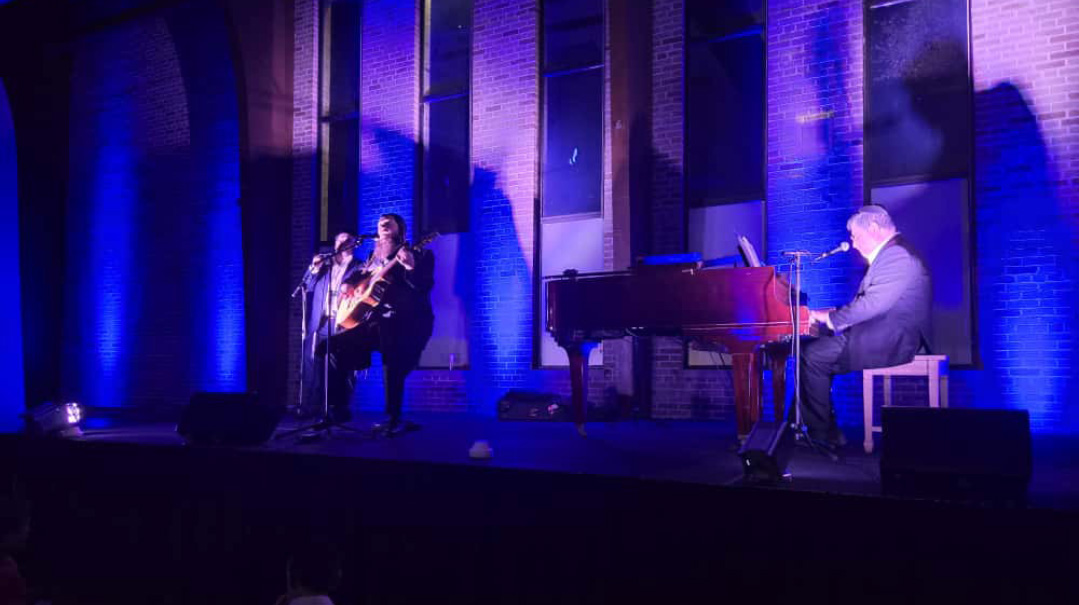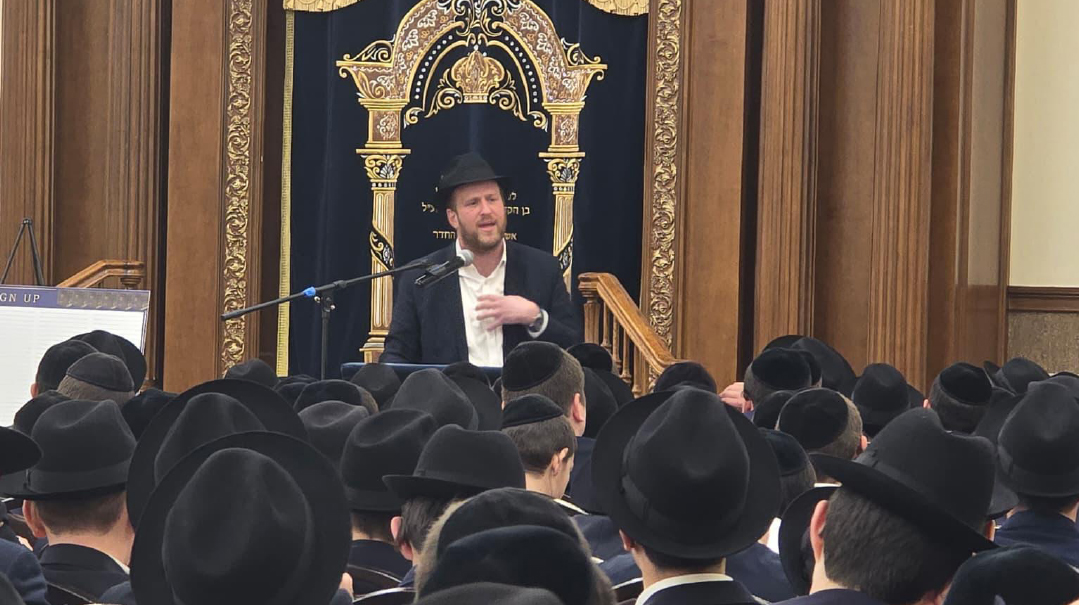In Sorrow: Issue 933
| October 25, 2022Rav Stern merited to see his little moshav turn from a poor, struggling hamlet to a place flooded with visitors

IF
good neighbors are a blessing, RAV MEIR ZEV STERN ztz”l, who passed away last Shabbos at age 86, lived in the most blessed place. Because for over 60 years, his neighbor was Rabi Shimon Bar Yochai.
He was still a bochur — a chassid of the Mekor Baruch of Seret-Vizhnitz — when he took the position of rav of Meron. At the time, he was the youngest town rav in Eretz Yisrael.
Meron was a poor, struggling moshav back then, far from centers of both Torah and commerce, visited on Lag B’omer by groups of die-hard chassidim who schlepped boxes of tea biscuits and jerrycans of petel for refreshments. When Rav Stern and Rebbetzin Pesya got married, the couple build their simple homestead without running water, without a telephone, and without electricity except the little bit that came from a generator.
“We were like Adam Harishon,” Rebbetzin Stern told Mishpacha in an interview several years back. “There weren’t any roads. When I wanted to take the children somewhere, I had to load them into a wagon. But we didn’t feel like we were sacrificing. In those days it was hard for everyone, and in some ways, life was better for us. As an agricultural settlement, Meron had cows and vegetables and food to buy at the moshav’s little grocery. In the city, on the other hand, food was rationed, and people could only buy what was allotted to them through their ration cards.”
As their family grew, the Sterns knew they needed a chinuch option if they wanted to stay, but even with the blessings and endorsements of many chassidic rebbes, no one had money in those days to create a cheder. Until 1964, when the Skulener Rebbe, who worked tirelessly in Europe saving orphans and giving them a Torah education, turned his attention to helping children from broken homes in Eretz Yisrael and set up a center for them in Meron, bringing yeshivah bochurim from the center of the country to teach.
By the 1980s, better infrastructure and new roads began to put Meron on the chareidi tourist map, and the Sterns wanted to encourage visitors, not just for Lag B’omer. And so they took out mortgages and bank loans and built a row of guest apartments, and soon word got out that there were actually comfortable accommodations available in Meron.
Rav Stern merited to see his little moshav turn from a poor, struggling hamlet to a place flooded with visitors every Shabbos of the year and during the week as well. And as he always believed, it was in the zechus of Rabi Shimon, who attested 2,000 years ago that he’d give protekzia to the entire nation. For over 60 years, Rav Stern saw it firsthand: People with so many needs, having their tefillos answered.
“It’s like the big fair in Leipzig,” Rav Stern once explained. “There were many things to buy, but everything had its price. The same is true of yeshuos. We can never know the cheshbonos of HaKadosh Baruch Hu. We don’t know why some people are answered right away, while others have to pray again and again and again. But no one leaves Meron empty-handed.”
(Originally featured in Mishpacha, Issue 933)
Oops! We could not locate your form.

